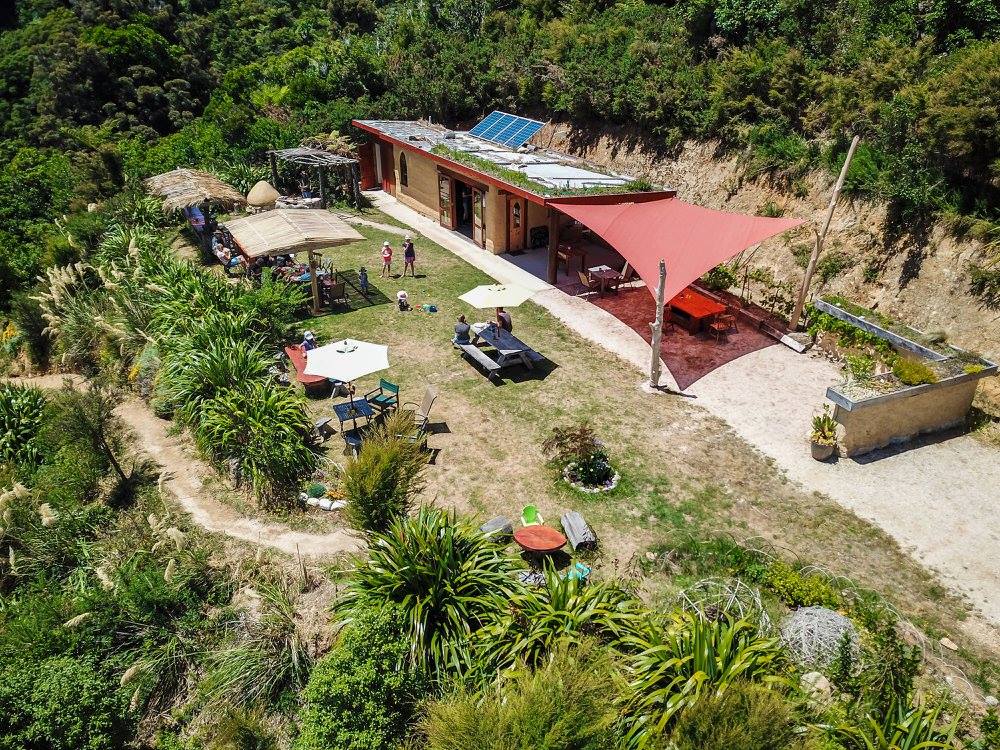Are eco-friendly fit-outs the way forward?
In foodservice, the sustainability conversation is dominated by plastic straws and ethical food supply. However, the discussion often doesn’t extend as far as the steps a business owner can make to reduce the bottom line. Now, some businesses are physically shaping their entire business with a sustainable mindset.
By 2025, Starbucks wants 10,000 of its stores to adhere to a new set of sustainability requirements which will save 30 percent of water and 25 percent of the power used by a typical store. The savings are significant – the changes will save Starbucks an estimated US$50 million over the next ten years.
New Zealand is following suit. Toto’s Café & Pizzeria in Takaka was built to be ‘solar passive’, which means it collects, stores and reflects solar energy in the form of heat in winter, and rejects solar heat in summer.
“Our aim was to construct the café in a sustainable way, which came from a desire to have as little impact on our beautiful surrounds as possible,” said owner Crian Cahusac.
Local clay was used to construct the walls, with recycled power poles forming the frame structure. Toto’s generates all its electricity on-site from renewable sources, such as solar and micro-hydro.
However, Toto’s is based outside a main urban centre, and has the luxury of space. It would be far more difficult for an inner-city bistro to make these changes.
The Energy Efficiency and Conservation Authority (EECA) works to improve the energy efficiency of New Zealand businesses. It offers advice to businesses on how to cut down on power bills, reducing their impact on the environment as well as the size of their power bill.
Dan Coffey, business projects manager at the EECA, identified heating, lighting and appliances as the main offenders. Ideally, Coffey said, when it comes time for a refit, restaurant owners will take a broad look at energy systems they can implement.
“These are costs that can be recovered, possibly even within twelve months.”
The most immediate impact of sustainability is on the wallet. While an entire rebuild may be out of the question, there are plenty of simple steps that can be taken.






